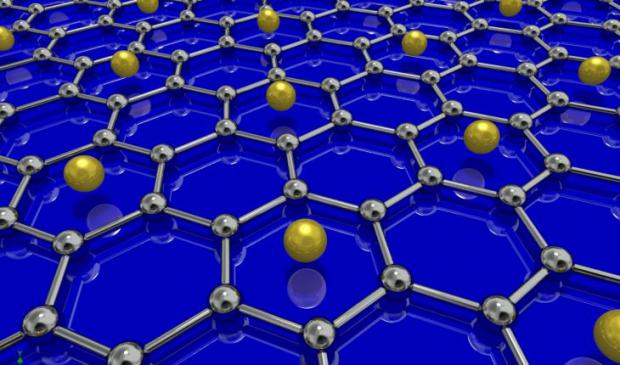
Breaking News
 Windows 10 is DEAD in 2025? -- Here's How I Run It SAFELY Forever (No Updates)
Windows 10 is DEAD in 2025? -- Here's How I Run It SAFELY Forever (No Updates)
 GENIUS ACT TRIGGERED: The Biggest BANK RUN in History is COMING – Prepare NOW
GENIUS ACT TRIGGERED: The Biggest BANK RUN in History is COMING – Prepare NOW
 European Billionaires Funneled $2 Billion into NGO Network to Fund Anti-Trump Protest Machine
European Billionaires Funneled $2 Billion into NGO Network to Fund Anti-Trump Protest Machine
 Japan Confirms Over 600,000 Citizens Killed by COVID mRNA 'Vaccines'
Japan Confirms Over 600,000 Citizens Killed by COVID mRNA 'Vaccines'
Top Tech News
 Japan just injected artificial blood into a human. No blood type needed. No refrigeration.
Japan just injected artificial blood into a human. No blood type needed. No refrigeration.
 The 6 Best LLM Tools To Run Models Locally
The 6 Best LLM Tools To Run Models Locally
 Testing My First Sodium-Ion Solar Battery
Testing My First Sodium-Ion Solar Battery
 A man once paralyzed from the waist down now stands on his own, not with machines or wires,...
A man once paralyzed from the waist down now stands on his own, not with machines or wires,...
 Review: Thumb-sized thermal camera turns your phone into a smart tool
Review: Thumb-sized thermal camera turns your phone into a smart tool
 Army To Bring Nuclear Microreactors To Its Bases By 2028
Army To Bring Nuclear Microreactors To Its Bases By 2028
 Nissan Says It's On Track For Solid-State Batteries That Double EV Range By 2028
Nissan Says It's On Track For Solid-State Batteries That Double EV Range By 2028
 Carbon based computers that run on iron
Carbon based computers that run on iron
 Russia flies strategic cruise missile propelled by a nuclear engine
Russia flies strategic cruise missile propelled by a nuclear engine
 100% Free AC & Heat from SOLAR! Airspool Mini Split AC from Santan Solar | Unboxing & Install
100% Free AC & Heat from SOLAR! Airspool Mini Split AC from Santan Solar | Unboxing & Install
Room temperature superconductivity evidence with graphene in contact with alkanes

There are claims of synthesis of a room temperature superconductor. However, these claims have not been officially accepted by scientific communities. Currently, the highest transition temperature (Tc) recognized in scientific articles is 135 K at 1 atm of Hg-Ba-Ca-Cu-O system which is a copper oxide superconductor. We packed graphite flakes into a ring-shaped polytetrafluoroethylene (PTFE) tube and further injected heptane or octane. Then we generated circulating current in this ring tube by electromagnetic induction and showed that this circulating current continues to flow continuously at room temperature for 50 days. This experiment suggests that bringing alkane into contact with graphite may result in a material with zero resistance at room temperature. In addition, we showed by means of AC resistance measurements using the two-terminal method that the resistances of graphite fibers brought into contact with various alkanes suddenly change at specific critical temperatures between 363 and 504 K. In this study, we show that after a magnetic field is applied to a single-layer graphene at room temperature, alkane is brought into contact with the single-layer graphene, then the graphene excludes the magnetic field immediately. This phenomenon demonstrates that the alkane-wetted single-layer graphene shows Meissner effect at room temperature.



